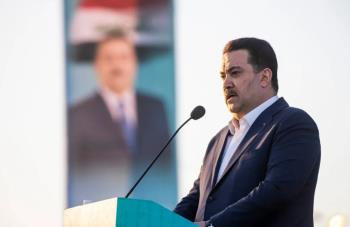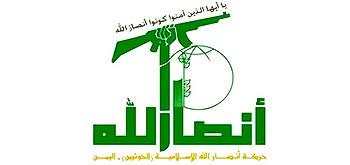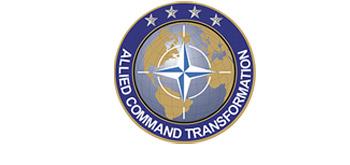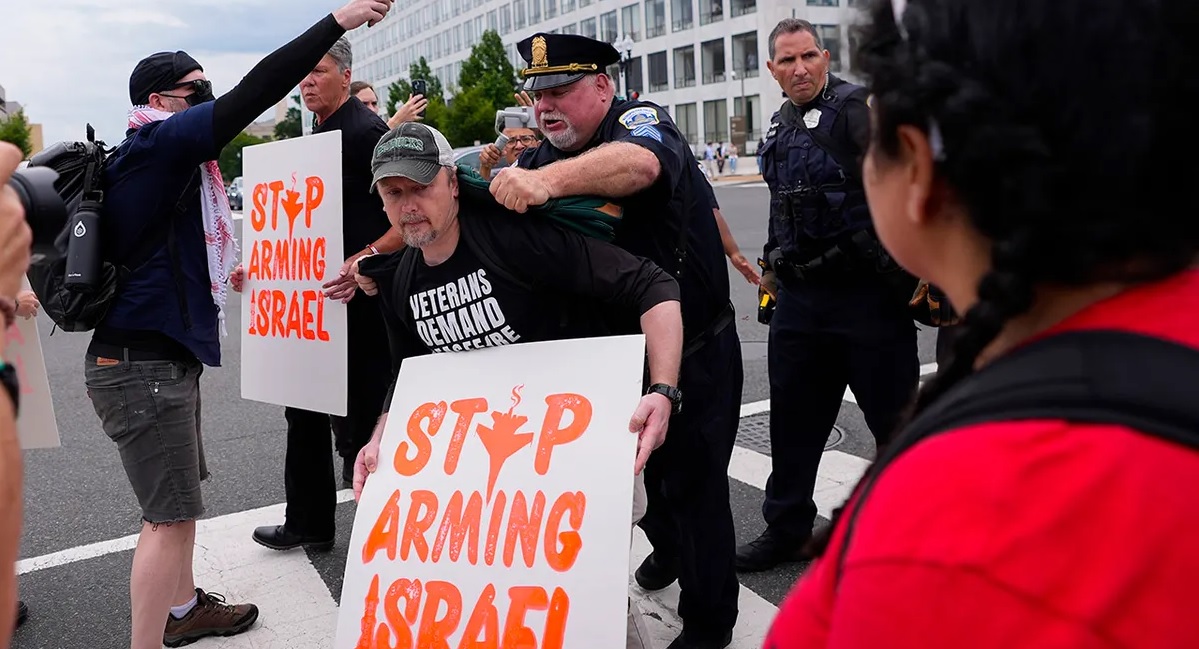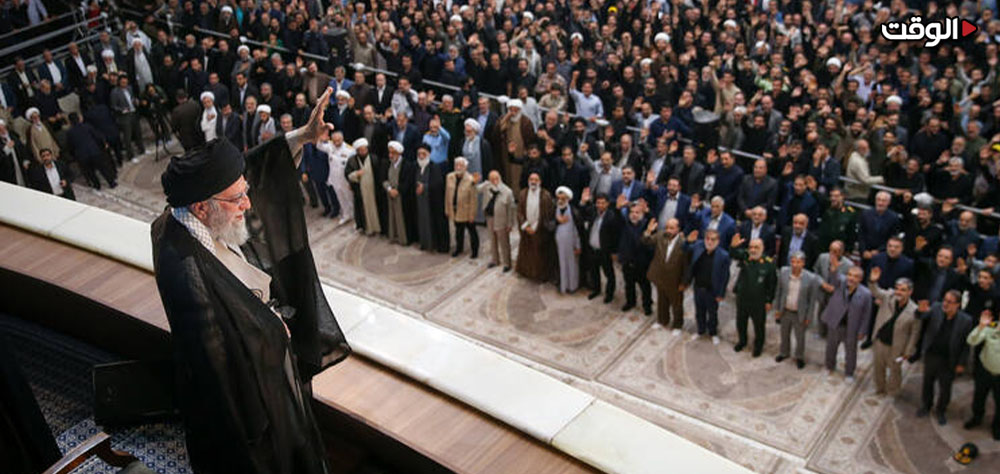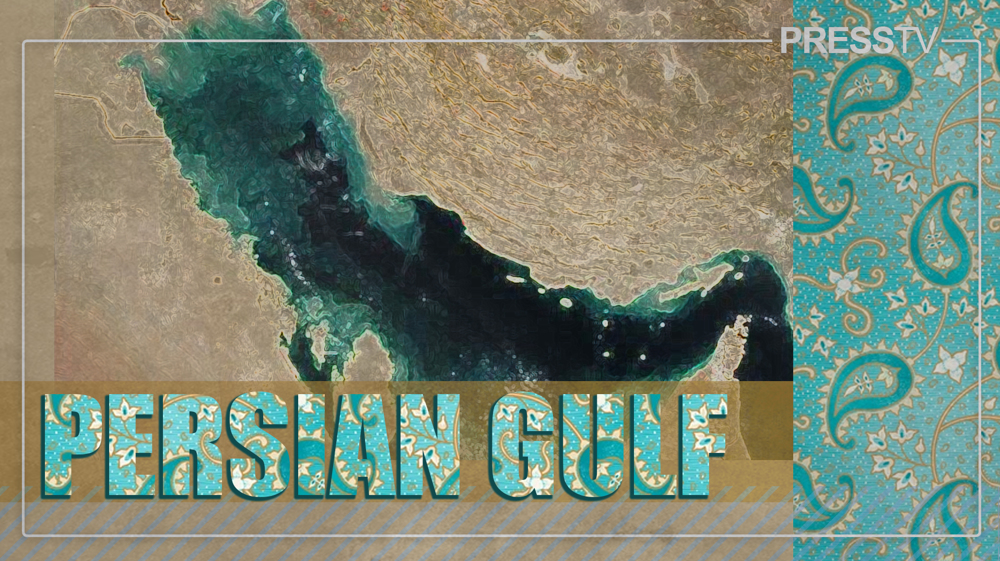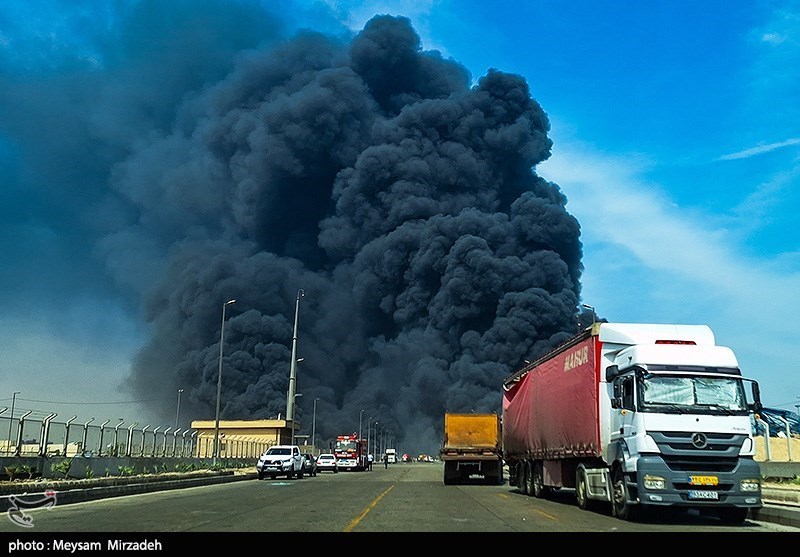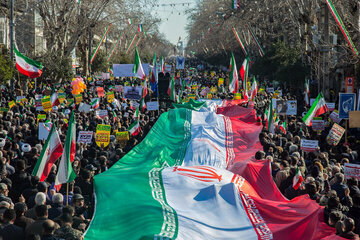Alwaght- The Gaza war has inflicted a massive economic cost not only on the Israelis but has also significantly drained the pockets of the Americans. According to US sources, the conflict has cost Israel's closest ally over $30 billion in the past two years.
Now that the ceasefire is announced between the warring sides Hamas and the Israeli occupation under Trump's deal, it is useful to bring in spotlight Washington's financial support to Tel Aviv during the war.
Over $30 billion in aid to Israel
A report published by Watson School of International and Public Affairs at Brown University concludes that the Gaza war has imposed a considerable impact on the American taxpayers. The report says, between October 2023 and September 2025, the US provided worth of $12.7 billion in military aid to Israel as its arch-ally in West Asia region.
Simultaneously, the US has spent an additional $9.65 to $12.07 billion on operations in Yemen, Iran, and other parts of the region in support of Israel during the Gaza war.
In total, the overall sum that the US has directly and indirectly spent in support of Israel during the Gaza conflict is estimated to be between $31.35 and $33.77 billion.
William Hartung, a co-author of the report and a senior fellow at the Quincy Institute, told Newsweek: "Under normal circumstances, based on the 10-year agreement signed during the Obama administration, Tel Aviv receives only $3.8 billion in military aid from the US. However, this figure multiplied during the Gaza war."
He added that in the first year of the Gaza war, the US aid to Israel jumped to $17.9 billion, the highest level of American assistance to Tel Aviv in a single year. Aid returned to the usual $3.8 billion in the war's second year because Israel was still able to utilize funds from the first year of the conflict."
Discontented Americans
Although both the current administration and the previous one led by Joe Biden over the past two years provided the largest amount of aid to the Israelis, polls show that the view of the Americans to Tel Aviv does not consist with this large amount of supports.
A New York Times survey published last week shows that since the start of war on October 7, at least 47 percent of the Americans backed the start of operations. But two years later, only 34 percent of the Americans are for the Israeli war in Gaza.
In contrast, 36 percent of Americans express sympathy for the Palestinians after two years of war.
The poll further reveals that a majority of Americans—at least 51 percent—oppose increasing US economic and military support for Israel as the conflict enters its third year. This domestic discontent aligns with growing international condemnation and persistent protests across the US against Israel's war crimes in Gaza, citing the targeting of civilians and the siege of the civilian population.
Hartung argues that the US aid to Israel during the Gaza war has not served American interests. "A significant portion of it has enabled a humanitarian catastrophe in Gaza," Hartung stated, adding it will fuel animosity towards the US across West Asia and beyond for years to come.
Costly operations for the US
According to the data, the operations against Yemen and Iran have been specifically costly. Reports suggest that the sites targeted in Iran were bombed with munitions worth hundreds of millions of dollars using highly expensive F/A-18 Super Hornet fighter jets and at least three of these jets were lost during the clashes with Yemen's Ansarullah resistance movement.
Media reports also indicate that the direct use of interceptor missiles by the UD and Israel to counter Iranian missile launches has significantly depleted the Pentagon's stockpiles. Simultaneously, Washington has maintained its commitments to supply necessary missiles and weaponry to Ukraine and Taiwan. Collectively, these conflicts have led to a drawdown of the weapon reserves of the US Department of War.
Linda Bilmes, a Senior Lecturer at Harvard's Kennedy School, commented on the war costs report, stating: " The American public has a right to know how US funds are being used in these conflicts, and to understand that American military activities in the Middle East carry significant financial costs for American taxpayers. These costs are often obscured and must be weighed against any progress they make toward the goal of peace in the region."
War expenses even after ceasefire
Though Gaza conflict is heading to a ceasefire and end of military operations, the US regional commitments even in a Post-war scenario can see an increase. The recent decision by Trump to guarantee Qatar’s security after an airstrike in Qatar on September 9 can be among the factors that will motivated higher American military costs in the region after Gaza war.
Furthermore, Israel could not have inflicted this level of destruction and humanitarian catastrophe in Gaza without American weaponry and financial aid. The documented evidence of Washington's assistance to Israel during the war could lead to international legal obligations for Washington to fund Gaza's postwar reconstruction. From this perspective, American financial costs in West Asia are set to continue their upward trajectory even after the Gaza war concludes.
Also, the US will be committed to replace weapons and parts to the Israeli military and this is one of the probable cases making costs the US post-war. Furthermore, refilling Israeli missile and tactical reserves arsenal will be another item that would impose costs on the US taxpayers after the war.


